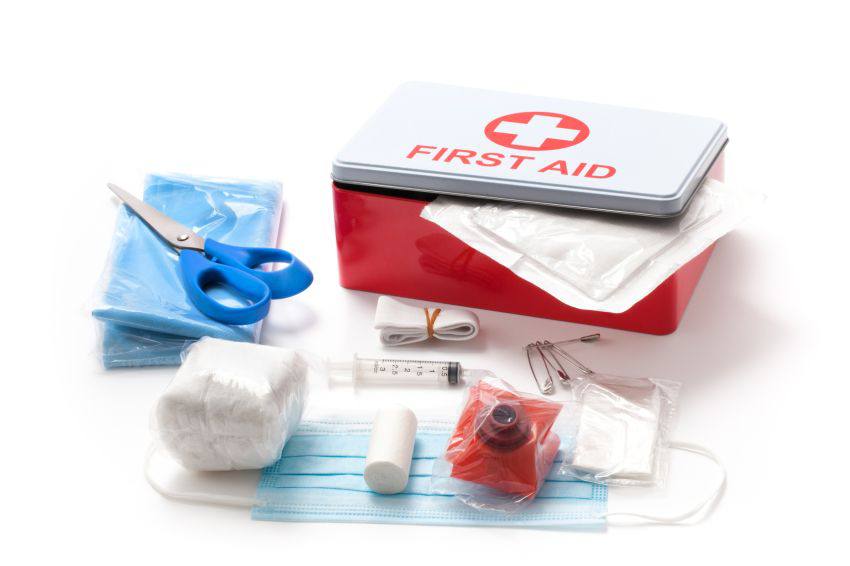Why travellers prefer Blue Cross
- Canada's #1 travel insurance brand and recognized worldwide
- Over 75 years of expertise in insurance
- $5 million travel insurance coverage, with or without deductible
- Flexible and affordable travel insurance solutions
- Free quote available online
- Travel assistance available 24/7 for any emergency, anywhere you travel

First aid kit essentials: What to include in your kit
Published on: January 19, 2015
Having a first aid kit at home, in your vehicle and when you are on vacation is important. You never know when a medical emergency could occur, and you may not realize how critical a first aid kit can be until you’re in the position of dealing with an emergency situation. You should have the basic supplies to be able to provide first aid and assist a person in need until an ambulance arrives.
Despite the seemingly obvious benefits of having a first aid kit at home, many people still don’t one. Many have most of the items around the house, but don’t have everything collected in one place. In an emergency situation, time is of the essence, and you usually don’t have the time to look around the house and collect items from various locations in such a situation. Keeping everything in a first aid kit ensures you know where to look for first aid items during an emergency.
First aid kit essentials
Here are the essentials that should be included in your first aid kit:
- Adhesive bandages in various sizes
- Sterile gauze in various sizes
- Adhesive tape
- Disposable latex-free gloves
- Tweezers, scissors and a thermometer
- Certain over-the-counter medications, such as antibiotic ointment and aspirin
- A blanket
- A first aid manual (you never know who may be using your first aid kit and may need information about first aid procedures)
- A list of emergency phone numbers
Other items to include in your first aid kit
The more supplies you have in your first aid kit, the better prepared you will be for various situations. Here are some other items you should consider including in your kit:
- A flashlight and batteries
- Bottled water
- Aloe vera gel, hydrocortisone cream and calamine lotion
- Eye wash
- Instant cold or hot packs
Include anything else in your first aid kit that you think would be useful. For example, if you have a person in your family with a severe allergy, include a spare epinephrine autoinjector.
Update your first aid kit annually
Check your first aid kit annually to ensure it is fully stocked. A great suggestion is to couple the inspection of your first aid kit with checking the smoke detectors in your house.
People frequently take out an item now and then over the course of the year, so it’s important to replace the item. You never know when you may need a bandage, ointment or gauze.
Consider taking a first aid course
Taking a first aid course and learning the basics about first aid could help you save someone’s life. Consider enrolling yourself and your family in a first aid course to ensure you are prepared for emergency medical situations and know how to properly use the resources you have in your first aid kit.